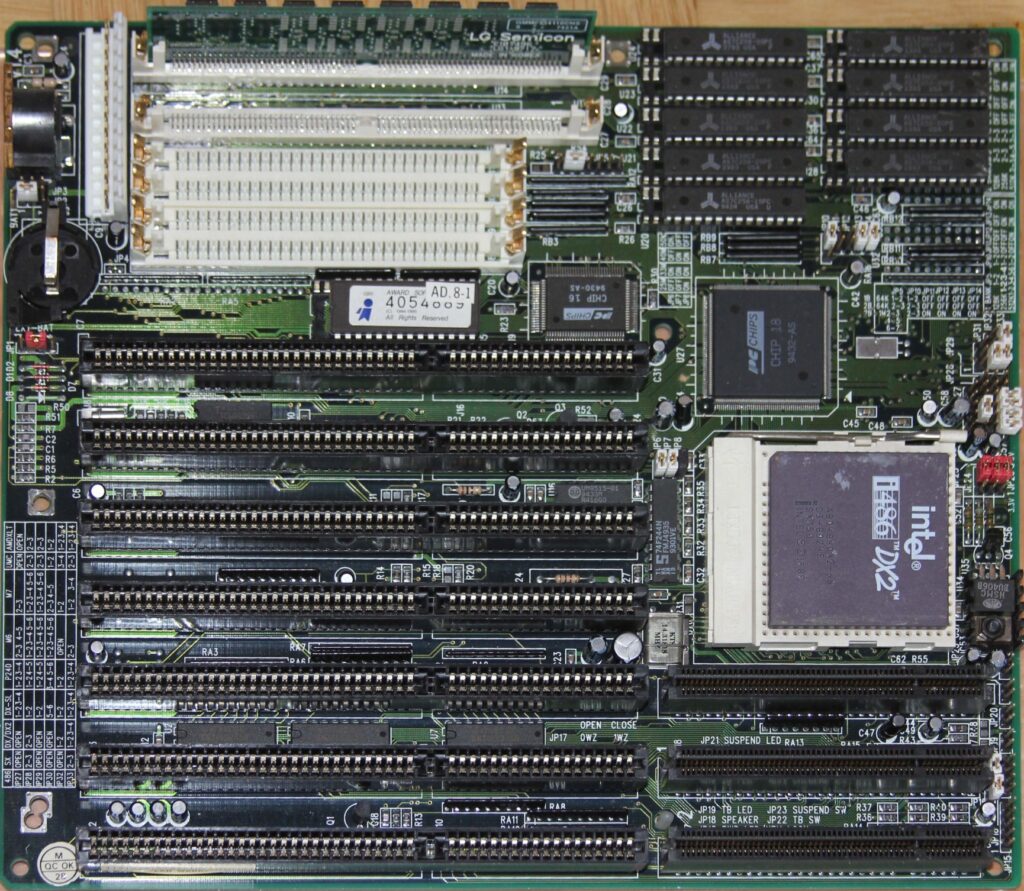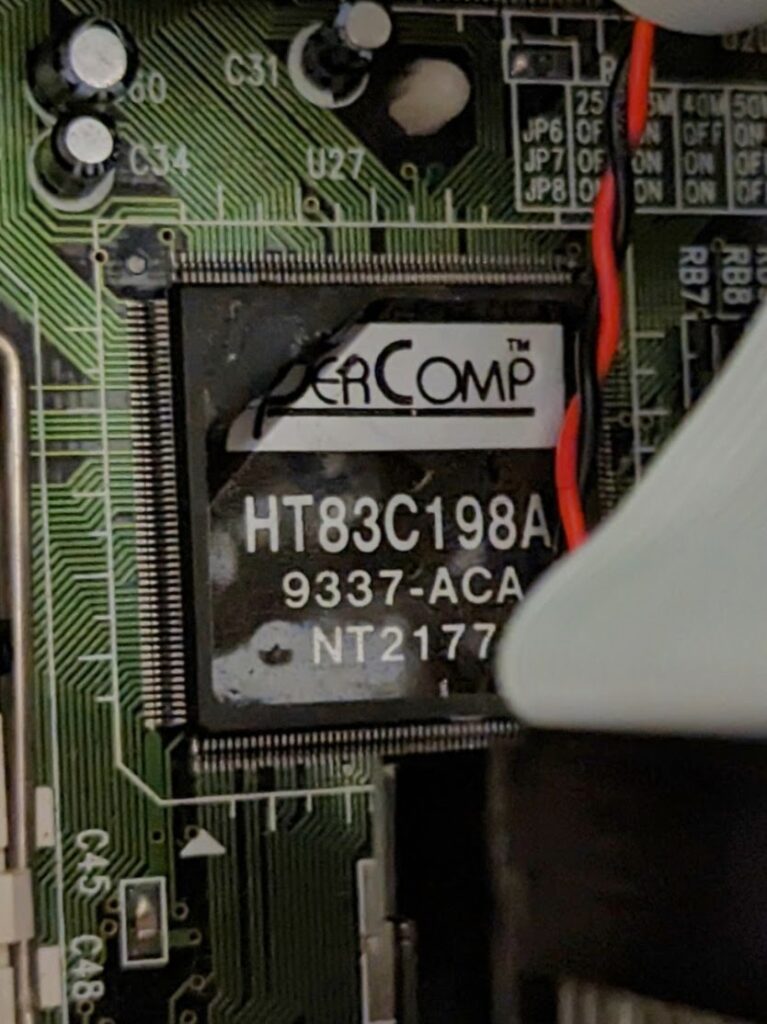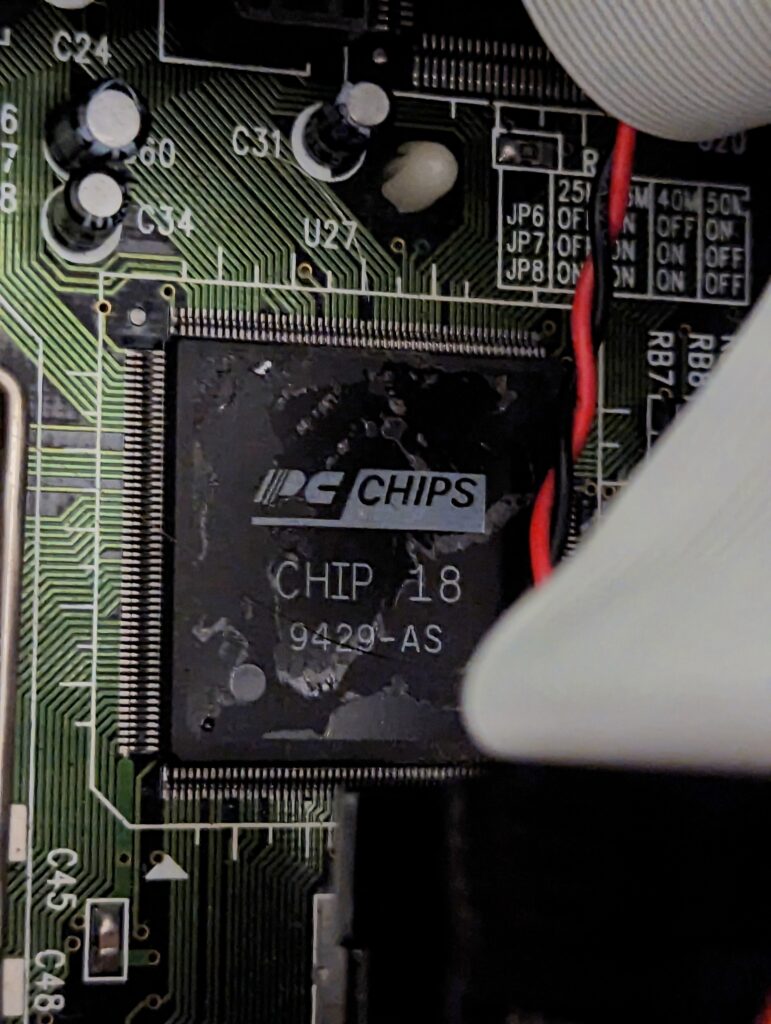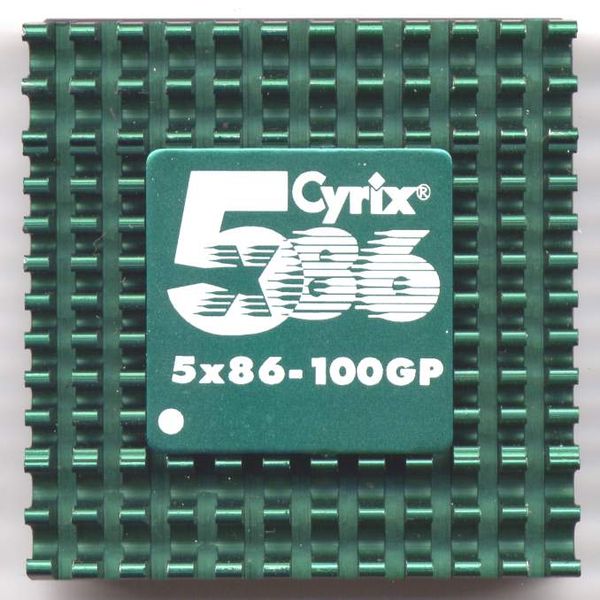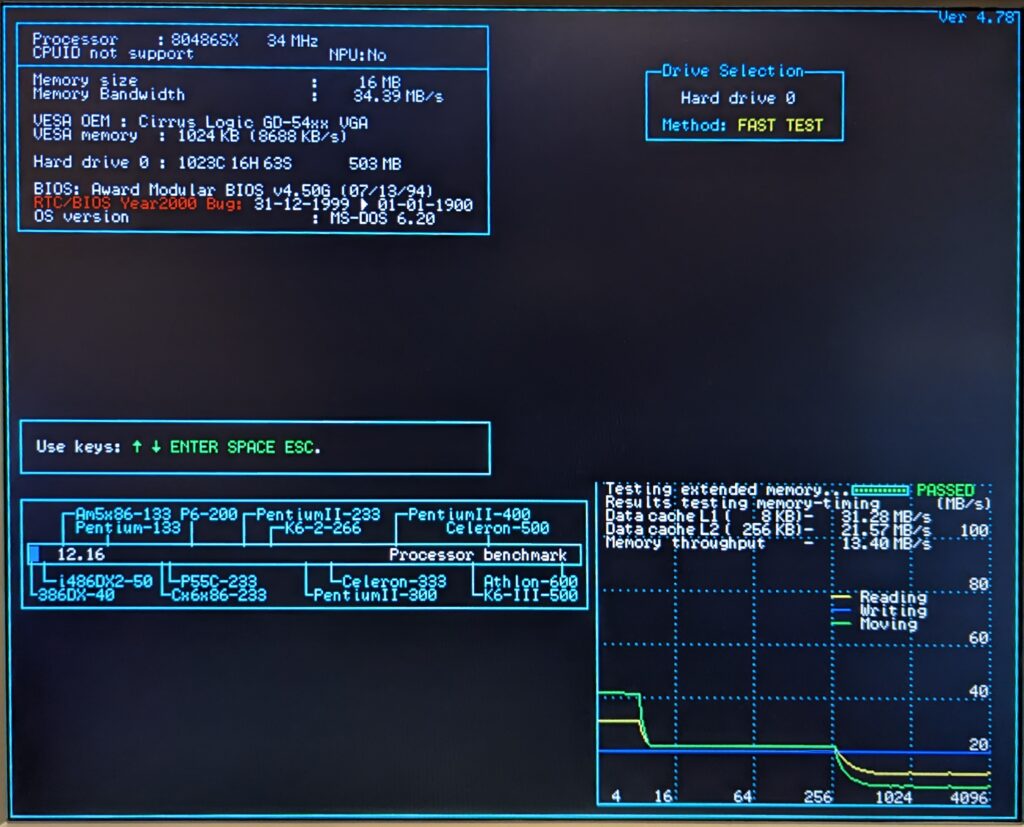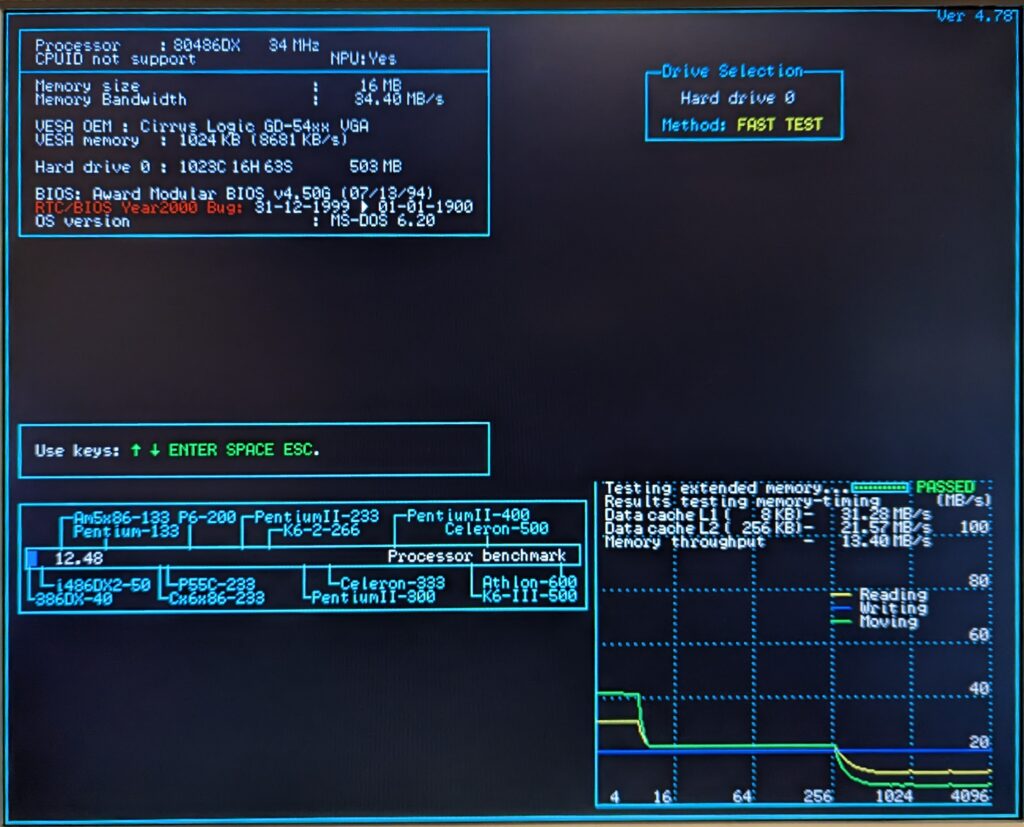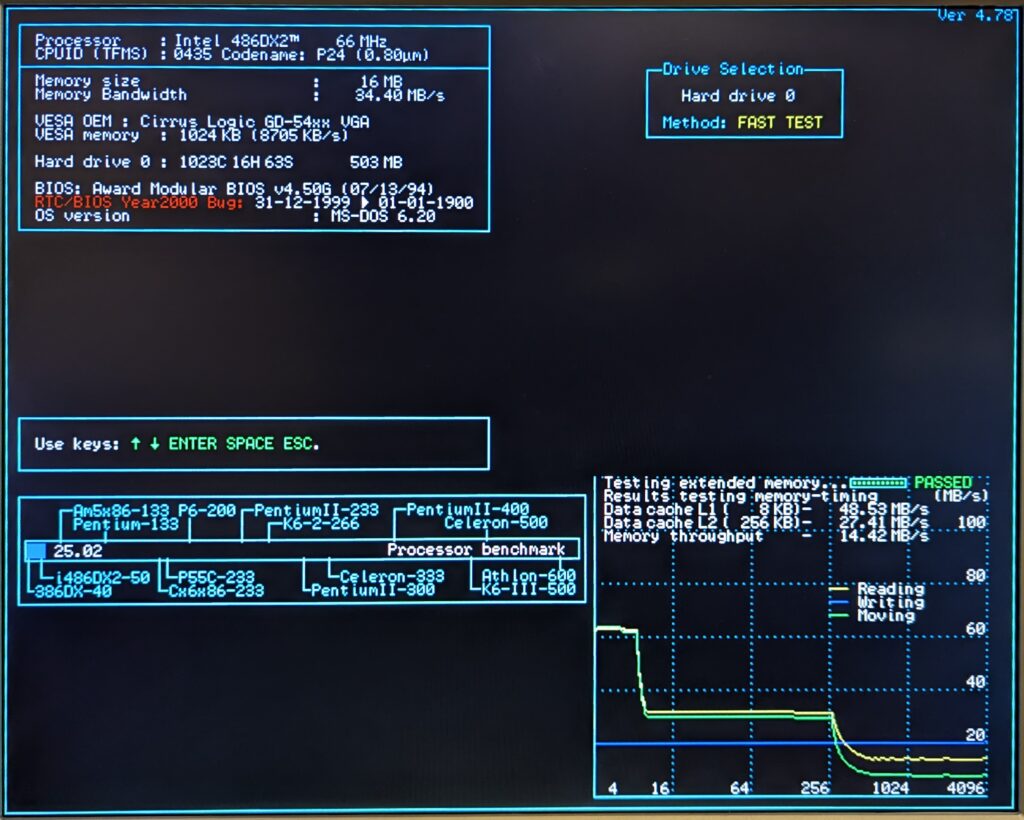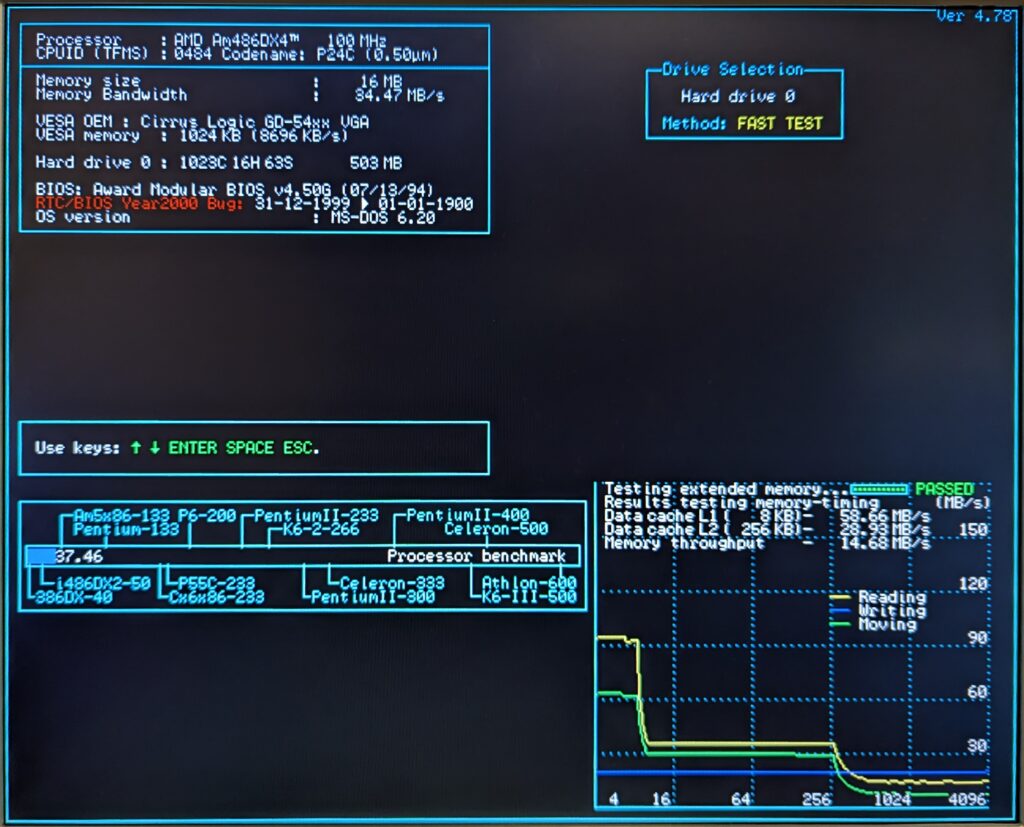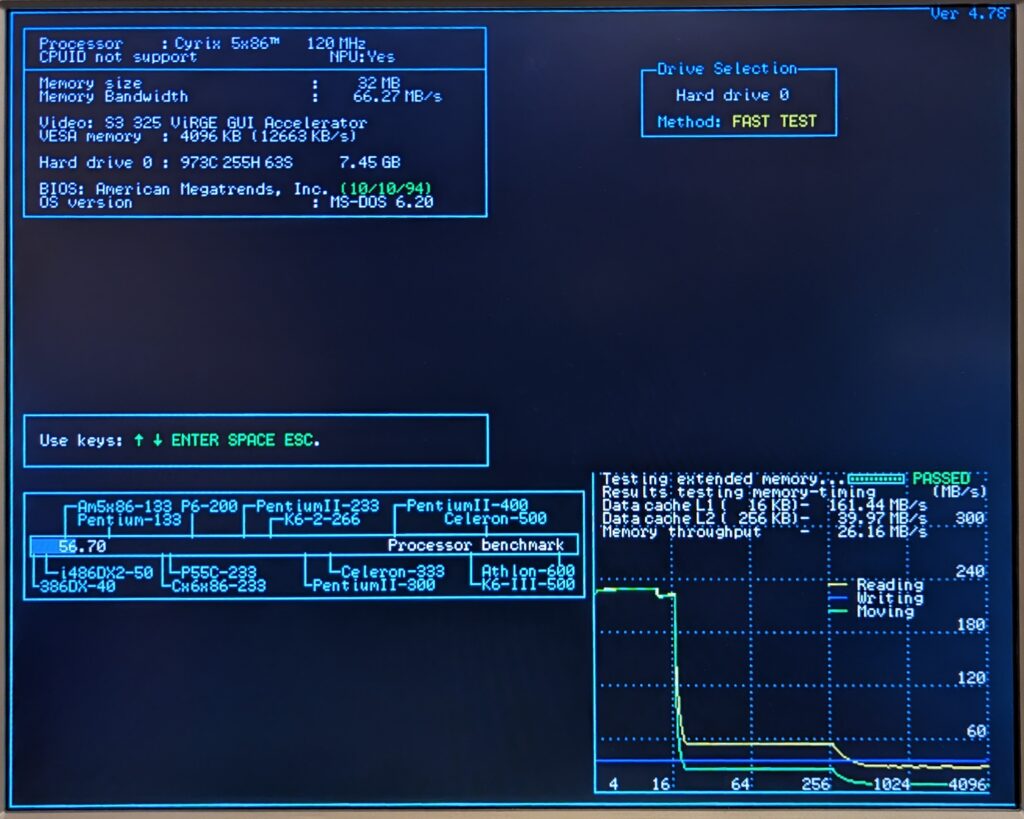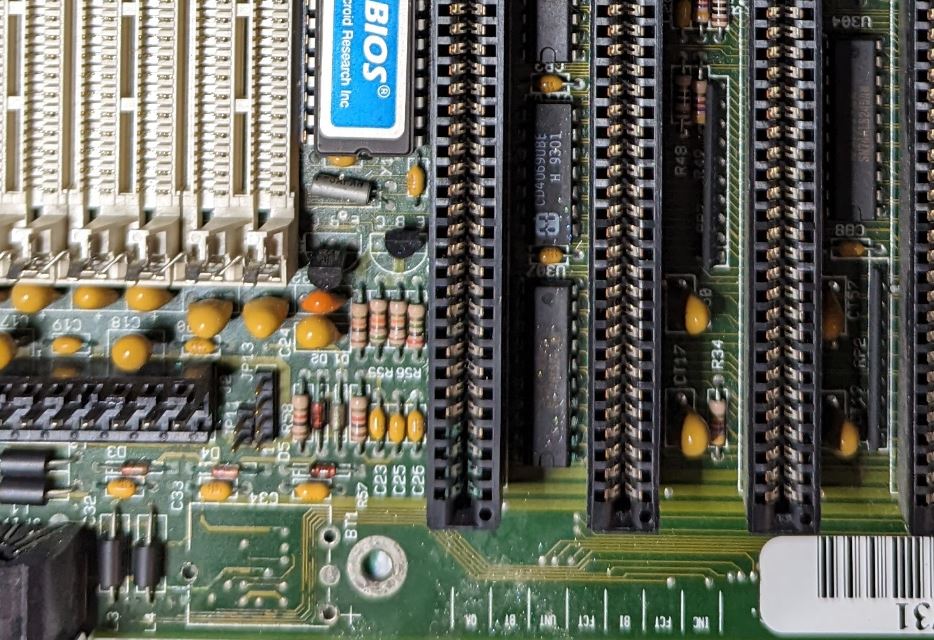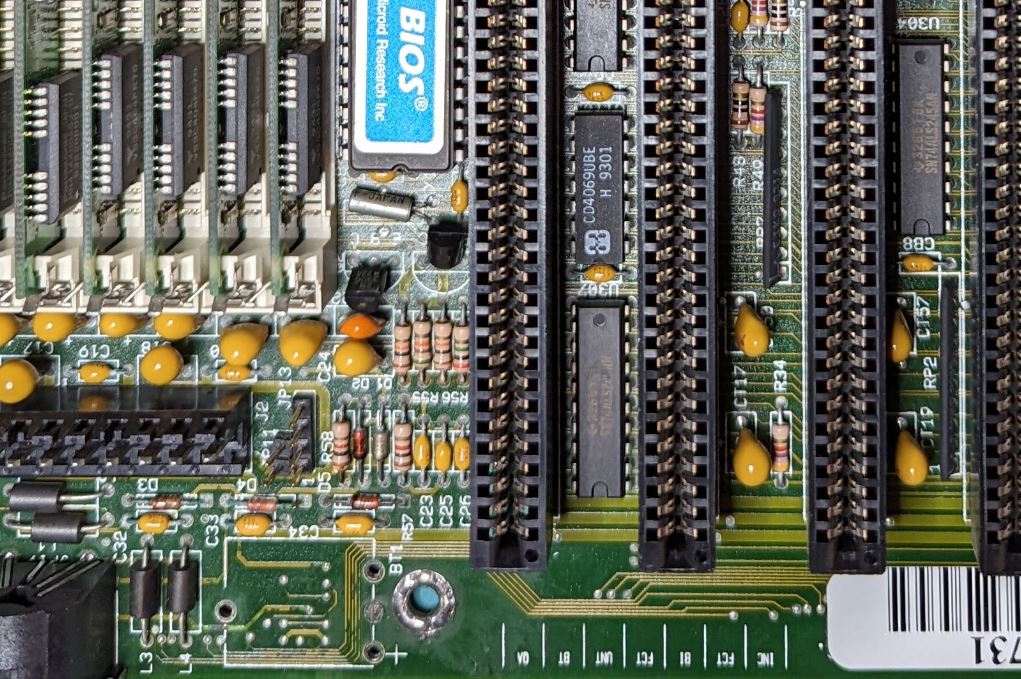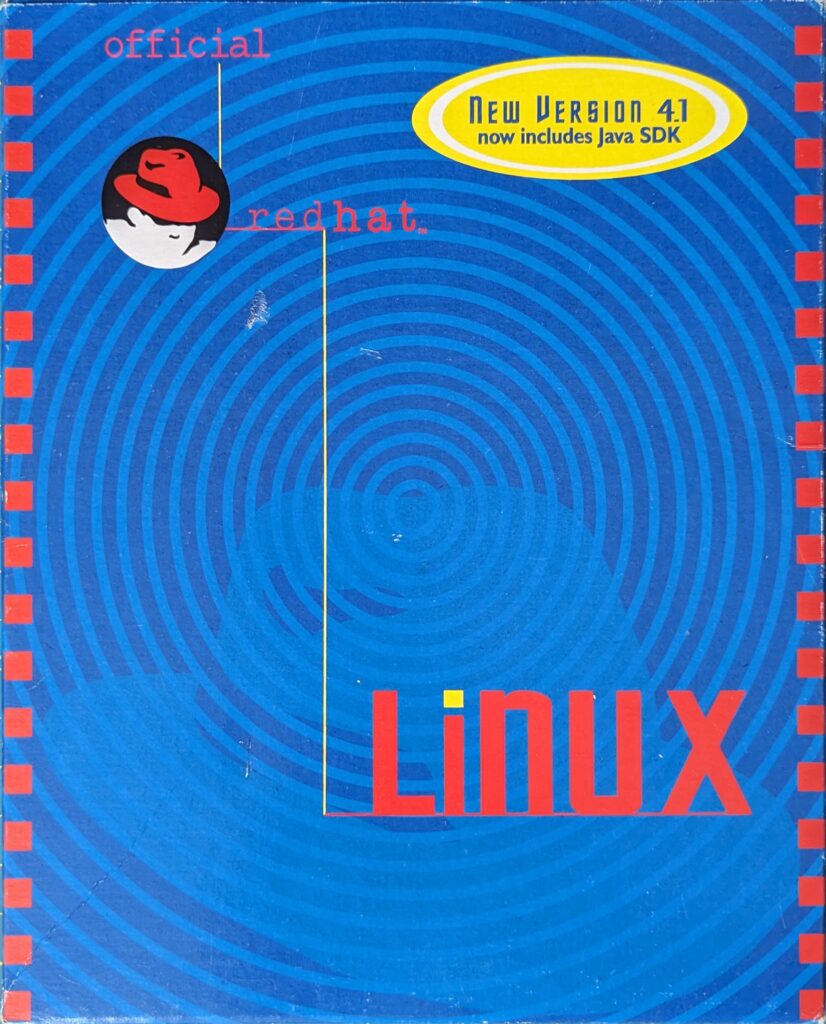
I’ve been using RedHat Linux in various forms for the last 26 years or so. I started back in 1997 with a boxed copy of RedHat Linux 4.1. It wasn’t the first Linux distro I tried, but it was the first one that I really liked. I kept buying boxed copies of it through version 6.1, around the time when the first release of RHEL dropped. (it’s hard to believe that was 23 years ago) You see, back in the olden days internet speeds the typical person could get were largely via modem and
far too slow to grab entire CD images in a reasonable time. Buying a boxed copy every time a new version was released both supported the company and allowed me to get a fresh set of installation media in my hands right away.
So why am I quitting RedHat you might ask? The recent news of RedHat Enterprise Linux essentially going closed source, (yes, I realize this is debatable) was the straw that finally broke the camel’s back. However, I’ve had this urge many times in the past due to similarly bad decisions by the company and I’m finally just done. So where did this start? For me, it started with the last release of RedHat Linux 9 being merged into the Fedora project. (as you’ll see, what’s old is new again) When RHEL was initially released to the public, it was based entirely on RHL with some add-ons that were exclusive to RHEL. As time went on, RedHat realized that some of their customers weren’t buying RHEL and were just sticking to RHL, often just grabbing the ISOs for free.
RedHat didn’t like this and felt the existence of RHL as an upstream distribution was potentially hurting their sales of RHEL and decided to kill it in favor of a faster-paced and shorter lived variant that would become Fedora. At the time, I thought this was great… newer packages, more frequent releases… what’s not to like? What I didn’t know was the pain that would come from sticking with the free version. Initially, the short support cycles weren’t all that bad. You could in-place upgrade from one Fedora version to the next and be back up and running in short order. This didn’t last though, and soon it was better to just wipe and reinstall from scratch. This difficulty wasn’t just some random experience, it was by design to drive IT pros into the RHEL fold.
For hobbyists or IT pros wanting to practice with a stable RHL/RHEL style OS there was no longer anything available until CentOS arrived on the scene in 2004. (there were others as well, but CentOS was so close to RHEL that you could use it as a drop-in replacement for RHEL for nearly any application.) This server ran on that distro for the last 15 years and all was good until RedHat, again frustrated by something they perceived as taking business away from RHEL drove them to change the game again. RedHat planned and executed a coup that would see ownership of CentOS transferred to RedHat which laid the ground work to kill off CentOS as it existed at the time. In December of 2020, RedHat announced that CentOS would be discontinued in 2021 in favor of a new offering called CentOS Stream. This new distribution wouldn’t be a replacement for CentOS, but would rather become a Fedora-like upstream for RHEL. (fast release cycle, but unstable) Basically, Fedora is the bleeding edge, new stuff is constantly migrated from Fedora to Stream after testing and a stable version/snapshot is occasionally cut from Stream and used to build the next point-release of RHEL.

The final nail in the coffin was a blog post on 6/21/2023 by Mike McGrath, VP of Core Platforms at RedHat announcing that “CentOS Stream will now be the sole repository for public RHEL-related source code releases.” What this means is that access to the actual source code for RHEL is now locked behind a RedHat subscription. This is a direct attempt to kill off successor distributions to CentOS such as Rocky Linux and AlmaLinux. Rocky Linux did make a statement on their blog that they, “[remain] confident in [their] ability to continue as a bug-for-bug compatible and freely available alternative to Red Hat Enterprise Linux (RHEL), despite changes in accessibility.” However, the writing is on the wall. RedHat intends to stamp out copycats of RHEL for good. In a follow-up blog post, Mike tries to explain that RedHat isn’t evil and then rails against what he sees as essentially freeloaders stating, “I feel that much of the anger from our recent decision around the downstream sources comes from either those who do not want to pay for the time, effort and resources going into RHEL or those who want to repackage it for their own profit. This demand for RHEL code is disingenuous.” Nobody is profiting from the re-packaging, but I’m pretty sure this is a veiled reference to Oracle. (Oracle doesn’t charge for their RHEL derived distribution, but they do sell service and support)
What’s actually disingenuous is claiming that everyone who wants to use your source code without paying is a freeloader. Let’s not forget that RedHat wouldn’t exist today without the free contributions of thousands of open source coders over the last 3 decades. RedHat stands on the backs of these members of the open source community who receive little to no compensation yet feels aggrieved by those who want to use code they have the rights to under the GPL for free. The backporting and all the support effort Mike references in his post are self-inflicted and the very reason companies pay to get their product. Let’s be clear, those who use “rebuilder” distros like CentOS of old, Rocky, or Alma are not RedHat’s customers. If they had a need for RedHat’s support services and could afford it, they would be, but they’re not.
As for myself, I’ve been hanging onto this RHEL compatible distro and it’s ecosystem mostly out of nostalgia, experience and let’s be honest… laziness. When the initial shutdown of CentOS was announced, I created a replacement VM based on Debian/Ubuntu and planned to migrate, but never did. Instead I stayed on CentOS until the updates dried up and then migrated to Rocky. (big thanks to the Rocky Linux team for making that a mostly painless process) However, with this latest chapter unfolding I don’t see the point in staying in the RHEL/RedHat ecosystem. (at least not for anything I care about) RedHat’s senior leadership has made it clear that they are going to make it as hard as possible for anyone to duplicate RHEL going forward. I feel bad for Rocky and Alma, but I’m done being a victim of the chaos caused by RedHat’s periodic jealousy. Today, I built a fresh Debian 12 VM and migrated this blog to it. I already feel better, my packages are more up to date, but equally stable and it didn’t even take that long. Farewell RedHat, I hope this path works out for you, (I honestly do) but if it doesn’t you’ll know exactly why that is.

